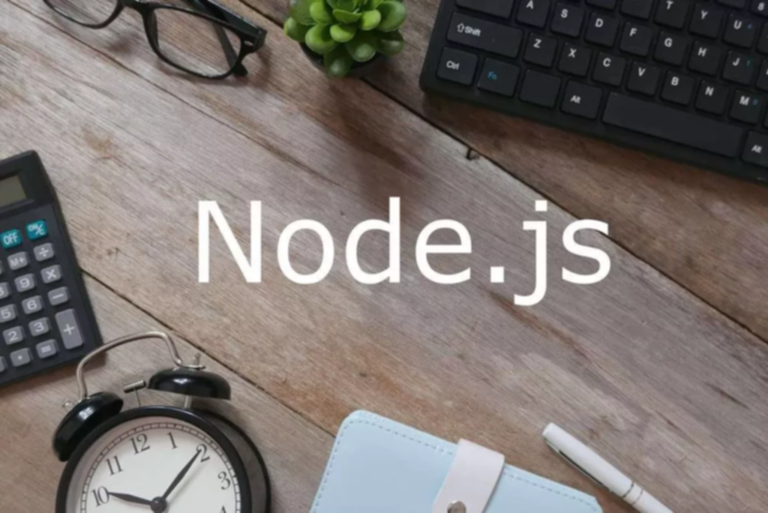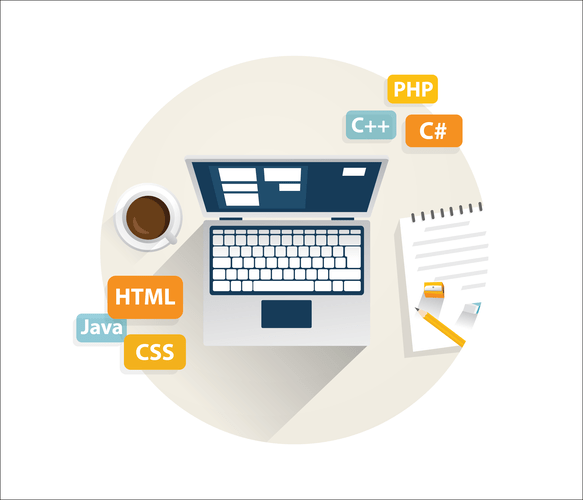Content
- Types of Jenkins Pipelines
- AWS DevOps Engineer Certification Training Co …
- Jenkins and the Continuous Delivery Foundation
- What is Jenkins? Features and Architecture Explained
- Get guidance from our Jenkins experts and contributors
- DevOps Engineer Career Path: Your Guide To Bagging Top DevOps Jobs
- We’re always open to talking about Jenkins and CI/CD
- What are the Jenkins Features?
The action you just performed triggered the security solution. There are several actions that could trigger this block including submitting a certain word or phrase, a SQL command or malformed data. Scales by adding builders to its Kubernetes cluster and automatically connecting Jenkins Slaves to what is jenkins the Master. Codefresh Platform Automate your deployments in minutes using our managed enterprise platform powered by Argo. On the next screen, select Add and enter com.dabsquared.gitlabjenkins. Configure the Jenkins project, including the ‘Publish build status to GitLab’ post-build action.

Jenkins optionally deploys the changes to the production server if the code has no issues. You can use multiple Jenkins Agents to balance build load, improve performance, and create a secure environment independent of the Controller. Continuous Delivery Understand delivery, deployment, pipelines, and GitOps. The project name should be URL-friendly, where spaces are replaced with underscores.
Types of Jenkins Pipelines
The server, whether a virtual machine or bare metal server, is set up to interact with the minimum number of processes possible. This is possible with a typical server OS and network security mechanism. And it is possible to protect any other server in the same way. Declarative Jenkins pipelines do not support the injection of Groovy code.
With continuous integration, bugs can be identified early and fixed before pushing changes to production. Any new code is integrated into one executable form, termed a build. The executable artifact can be deployed if the build is green (i.e., all ok). If not, the bug must be fixed, and the new build must be tested.
AWS DevOps Engineer Certification Training Co …
The Jenkinsfile has a curly bracket syntax that resembles JSON. Pipeline steps are enclosed in curly brackets and specified as commands with arguments. The Jenkins server then reads the Jenkinsfile and runs the tasks, pushing the code from the committed source code to runtime in production.
This definition only describes the upstream open source project. There’s a good probability that one of the many commits made by the development team will include a bug. It’s much simpler to catch these issues early on using CI than in the old days of manual testing. A build is a process through which all the source code is combined into a single executable. If this build is green, the tested and executed code is ready for deployment.
Jenkins and the Continuous Delivery Foundation
Fortunately, there are tools to help deliver custom, quality applications in a timely fashion. Conjuring images of the stereotypical English butler, the tool acts as a “faithful servant” of sorts, easing cumbersome development tasks. Jenkins was a famously preferred alternative to Cruise Control and other build-servers, especially around 2007. The CD Foundation, a Linux Foundation organization, currently manages Jenkins as an open source project. Jenkins follows Master-Slave architecture to manage distributed builds. In this architecture, slave and master communicate through TCP/IP protocol.

Continuous development refers to the process of automating the development and packaging of source code and deploying it to testing and production environments. Continuous deployment is the process of automating the deployment of the source code to its desired destination. Along with continuous integration, Jenkins also supports continuous delivery and continuous deployment. Let’s consider a scenario where the complete source code of the application was built and then deployed on test server for testing.
What is Jenkins? Features and Architecture Explained
All developers use the same source code repositories, and the source code repository ensures they all have the same source code version. In addition, source code managers use branching to trace generational changes in source code and make merging changes easier. New releases, features and bug fixes are all created on branches and merged when they are ready to be released. I am pretty sure you all have used Nokia phones at some point in your life.
Faster Feedback Loops– Developers get feedback and improve the code whenever a test breaks during a commit. Otherwise, debugging the issue can be very difficult, given teams would not be sure which commit resulted in the bug. Shorter Time to Integrate Code – Before the use of Jenkins CI, integration of code was done manually, thus taking a few days. In some cases, it might happen that the code is not running, and it is hard to debug as it might have gone through various commits in the repository. Integrating code after every commit ensures that the functionality is not broken after a commit. You can implement a serverless installation without a Master, which consumes excessive resources.
Get guidance from our Jenkins experts and contributors
Jenkins has a distributed administrator-agent architecture where the Jenkins server is the administrator. This server controls the workflow of jobs through the pipelines to the agents. It also schedules https://globalcloudteam.com/ the jobs and assigns builds to these agents to execute these jobs. The server also tracks the offline or online status of the agents and replays the build result responses to the console output.
- In the configuration of your Jenkins job, in the GitLab configuration section, select Advanced.
- He created Jenkins as a way to perform continuous integration – that is, to test his code before he did an actual commit to the repository, to be sure all was well.
- Let us know see how the syntax of Scripted and declarative pipelines differ.
- It also allows us to continuously deliver our software by integrating with a large number of testing and deployment technologies.
- Jenkins was a famously preferred alternative to Cruise Control and other build-servers, especially around 2007.






